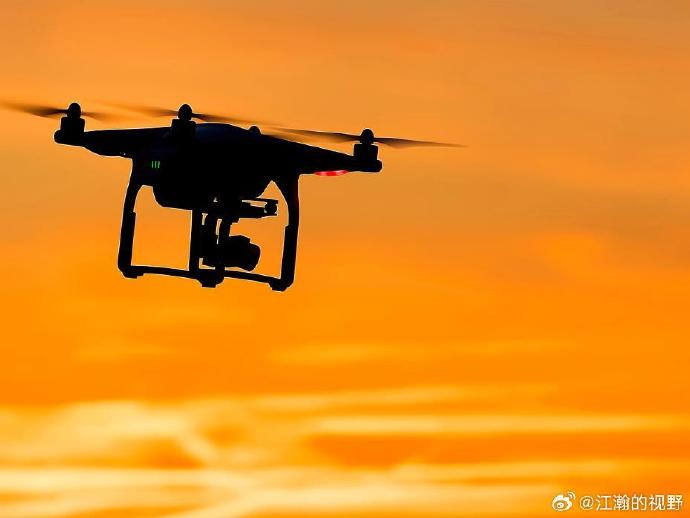Drone pictures have revolutionized the way we capture breathtaking aerial views, providing unparalleled perspectives of landscapes and urban settings. Over recent years, drones have become increasingly accessible to hobbyists and professional photographers alike, offering new opportunities to explore artistic creativity from the skies. As the popularity of drone photography surges, understanding how to use drones to capture stunning images has become a valuable skill.
One of the main advantages of drone pictures is the ability to shoot from angles that were once impossible or required expensive equipment like helicopters. This democratization of aerial photography has opened endless possibilities for capturing everything from sweeping vistas to detailed top-down shots of architectural marvels. Whether you’re interested in nature photography, real estate marketing, or capturing special events from above, drones can be a powerful tool to expand your photographic repertoire.
Choosing the Right Drone
Before you embark on your journey to take awe-inspiring drone pictures, selecting the right drone is essential. Drones come in various shapes, sizes, and capabilities, catering to different needs and skill levels. For beginners, it might be wise to start with something manageable and user-friendly. Look for drones with features like GPS stabilization, intuitive controls, and automated flight modes that assist in capturing stable images.
For more advanced photographers, drones with high-resolution cameras and superior flight stability tend to be a worthwhile investment. Models equipped with gimbals provide enhanced stability, ensuring crisp, blur-free images. Battery life and range are other critical factors to consider; longer flight times and extended communication range offer more freedom to explore expansive terrains and capture the perfect shot.
Mastering Drone Photography Techniques
Getting the most impressive drone pictures requires an understanding of various photography principles and adapting them to aerial settings. Composition is key; utilize the rule of thirds to create balanced images and pay close attention to framing your subjects with the surrounding environment. Leading lines, symmetry, and patterns found in landscapes can make your compositions more compelling.
Lighting plays a crucial role in drone photography. The golden hour, just after sunrise or before sunset, presents ideal lighting conditions with soft shadows and warm tones that enhance the overall ambiance of your images. It’s also crucial to monitor weather conditions, as wind and rain can impact drone stability and image quality.
- Experiment with different altitudes. Often, dramatic images can be captured from lower elevations that offer unique perspectives not visible from the ground.
- Don’t be afraid to take risks. Try innovative flying patterns like orbiting around subjects or capturing motion through panoramic shots.
The Art of Post-Processing
Post-processing lets you elevate your drone pictures to new heights. Software like Adobe Lightroom and Photoshop provides powerful tools to enhance aerial photographs, adjusting for exposure, contrast, and clarity. Embrace advanced techniques such as HDR, which can bring out details in both shadows and highlights.
When editing drone images, it’s essential to strike a balance between enhancement and authenticity. Over-editing can lead to unnatural-looking results, detracting from the beauty of the original shot. Instead, focus on subtle adjustments that naturally elevate the visual impact of your photography.
Keeping Legalities in Mind
With the rise of drone popularity, adhering to regulations has become increasingly significant. Each country or region has specific rules regarding drone usage, and it’s vital to familiarize yourself with them before taking flight. Common rules include restrictions on flying over private property, maintaining a certain distance from people, and observing no-fly zones.
Failure to comply with regulations may result in hefty fines or confiscation of your equipment. As a responsible photographer, ensuring safe and lawful practice when capturing drone pictures is paramount.
Expanding Your Horizons
Drone pictures offer a unique window into the world, allowing you to uncover hidden patterns and perspectives typically unseen from ground level. By continually experimenting and challenging your boundaries, you’ll discover new ways to showcase the beauty of your surroundings.
As you progress, consider collaborating with other photographers or joining online communities dedicated to aerial photography. Engaging with fellow enthusiasts could provide fresh insights and inspiration for your projects. The future of drone photography is bright, with technology evolving rapidly and opening doors to new creative possibilities.
FAQs About Drone Photography

- Are drones difficult to operate for capturing professional pictures?
- Modern drones have made it significantly easier for individuals of all skill levels to operate them, thanks to built-in stabilization and smart controls.
- What is the best time to photograph using drones?
- The golden hours near sunrise and sunset offer ideal lighting conditions for drone photography, providing soft shadows and warm light.
- Is post-processing necessary for drone pictures?
- While not mandatory, post-processing can greatly facilitate maximizing the visual appeal of your images, allowing adjustments to highlight, contrast, and color balance.